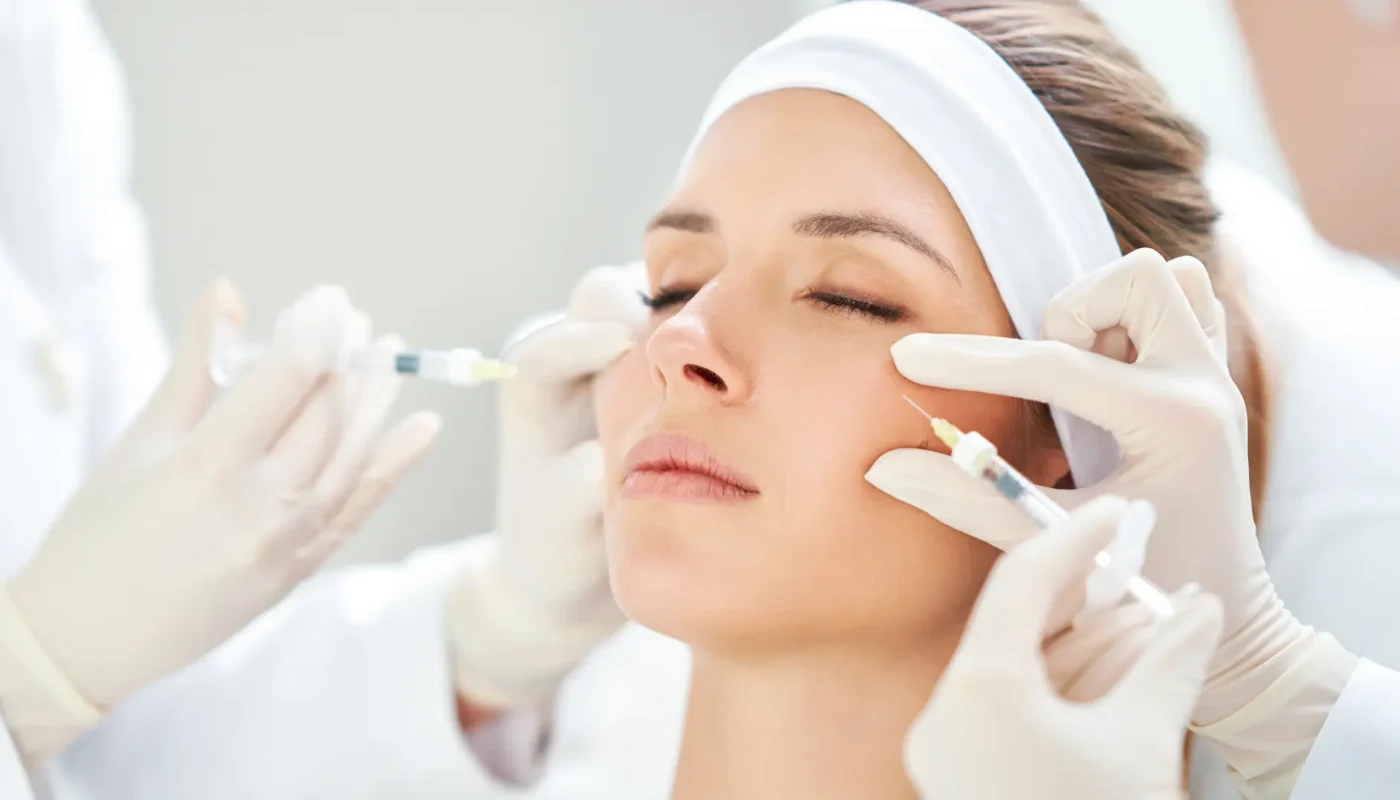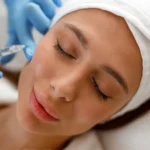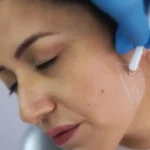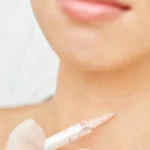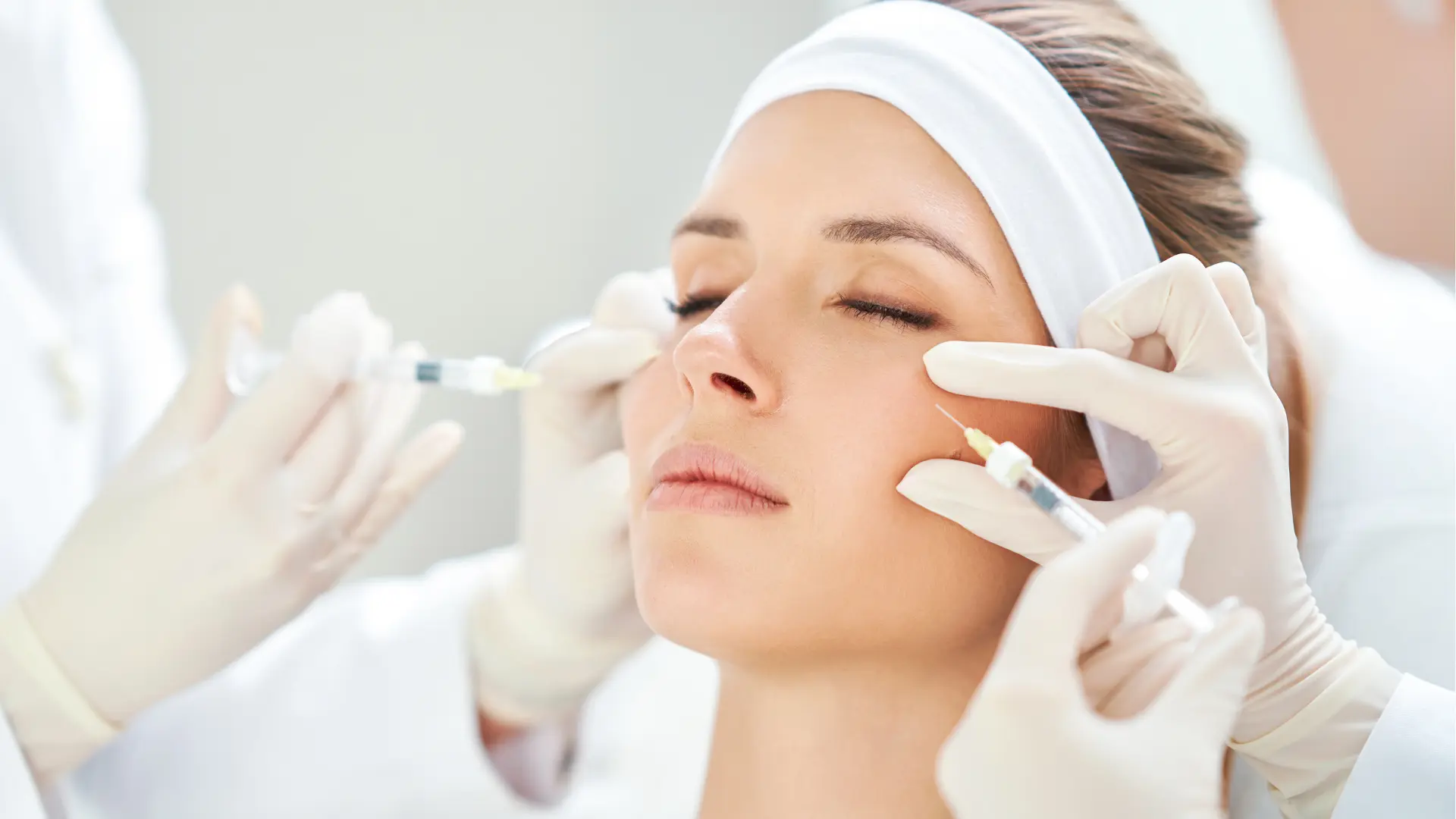
Did you know that the success of aesthetic procedures depends significantly on the precision of the injection technique? Carefully following and observing injection standards is essential in minimizing potential cross-contamination and infection risks. This underscores the importance of proper technique and training for practitioners to ensure patient safety and optimal outcomes.
Adherence to established aesthetic treatment protocols and administration techniques increases patient satisfaction and maximizes the benefits. For individuals seeking solutions for facial concerns, Sculptra offers a distinctive injectable that stimulates collagen production within the skin. Under the expert guidance of an aesthetic provider, patients can safely and effectively undergo Sculptra treatments, ensuring both efficacy and safety.
This article will provide the Sculptra injection technique, preparation and administration, tips for achieving optimal results, and strategies for minimizing side effects.
Key Takeaways
- The US FDA has clinically approved several indications for Sculptra injection, which can ensure patient safety and product efficacy when administered.
- The injectable sets itself apart from other dermal fillers by gradually helping the skin restore its foundation and inner structure.
- Individuals must seek aesthetic professionals’ guidance and expertise to maximize the benefits of the injectable.
- According to Galderma, Sculptra requires injecting into the deep dermis, subcutaneous layer, or supraperiosteal plane with a 25G or 26G needle with sterile single-use syringes.
- Optimal Sculptra outcomes require adherence to proper injection technique, protocol, and post-treatment care.
About: Medica Depot is your trusted all-in-one supplier, offering a range of high-quality medical injectables and supplies. Order Sculptra online at Medica Depot today! Whether for health professionals, plastic surgeons, dermatologists, licensed estheticians, or other specialists, we can offer genuine, brand-name products you may need. With Medica Depot, we prioritize serving you better to improve the patient’s quality of life.
Understanding Sculptra and Its Application in Aesthetic Medicine
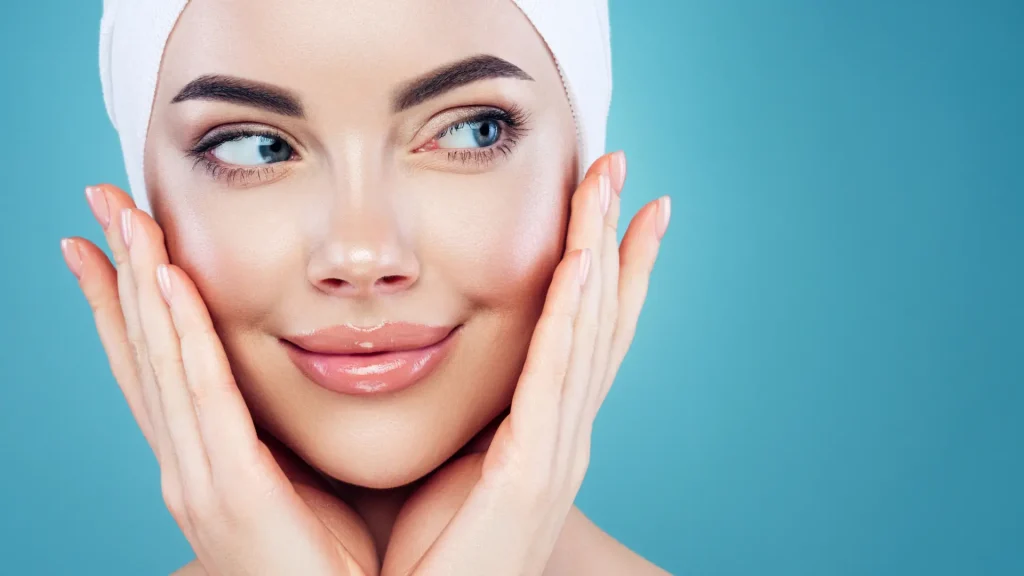
Sculptra has emerged as an innovative facial injectable known for its unique mechanism of action. It primarily addresses facial signs of aging, such as sagging, fine lines, wrinkles, and volume loss. The US Food and Drug Administration has approved using Sculptra injectables, which contain poly-L-lactic acid (PLLA).
This injectable has several clinically approved indications by the US FDA, which can ensure patient safety and product efficacy when administered. Aesthetic providers should know that these indications have undergone clinical trials and studies to prove their effectiveness in addressing facial concerns.
- Sculptra for Nasolabial Folds Contour Deficiencies
- Sculptra for Fine Lines, Wrinkles, and Other Facial Wrinkles
- Sculptra for Facial Volume Loss
According to Sculptra’s science, the injectable boosts natural collagen in the skin to improve its quality. Sculptra offers a biostimulatory aesthetic injectable that works in the skin’s deep layers and stimulates collagen production to smooth the aging lines and wrinkles, improve skin elasticity, and restore the youthful look.
The injectable sets itself apart from other dermal fillers as it gradually helps the skin restore its foundation and inner structure. Furthermore, Sculptra benefits individuals who receive the injection from licensed and experienced aesthetic professionals.
- Longer-Lasting Treatment Outcomes
- Minimal Downtime and Quick Procedure
- Smooths Facial Signs of Aging
- Improves Skin Firmness and Elasticity
- Enhances Facial Volume in Approved Treatment Areas
Preparing for Sculptra Injections
Preparation for Sculptra injection treatment requires minimal steps but is crucial for optimal outcomes and patient safety. To maximize the benefits of the injectable, individuals must seek the guidance and expertise of aesthetic professionals.
- Patient Assessment and Consultation: A thorough consultation and evaluation of the patient’s medical history, previous aesthetic treatments, desired goals, and Sculptra procedure.
- Preprocedural Preparations: Providers may advise patients to avoid NSAIDs to minimize bleeding risks and ensure proper hydration before the procedure.
- Choosing the Appropriate Dilution and Reconstitution Technique: Providers should tailor the dilution and reconstitution of Sculptra to each patient, often incorporating anesthetics like lidocaine for comfort.
Injection Technique for Different Treatment Areas

Aesthetic professionals know the proper injection technique for each treatment area, requiring precision and expertise. According to Galderma, Sculptra requires injecting into the deep dermis, subcutaneous layer, or supraperiosteal plane with a 25G or 26G needle with sterile single-use syringes.
Moreover, the injection depth and quantity of Sculptra used depend on the treatment area and the expected result. It’s worth noting that Sculptra only has indications for the facial region, but other aesthetic professionals may utilize Sculptra for neck, Sculptra jowls, etc., for off-label uses.
The treatment protocol for Sculptra consists of up to four injection sessions scheduled three to four weeks apart. A deep dermal grid pattern (cross-hatch) injection technique is most appropriate for Sculptra to treat nasolabial fold contour deficiencies and other facial wrinkles.
As off-label uses on the hands or other body parts, aesthetic professionals can align the treatment procedure to the patient’s needs and aesthetic goals. A Sculptra treatment requires a tailored treatment plan to ensure patient safety and the maximum benefits of the product.
Tips for Achieving Optimal Results and Minimizing Side Effects
Optimal Sculptra outcomes require adherence to proper injection technique, protocol, and post-treatment care. Administering Sculptra with the appropriate injection depth and volume is critical for desired effects and minimizing risks or complications.
Providers must manage patient expectations about the treatment procedure and potential outcomes. Clear and effective communication about realistic outcomes and possible side effects is crucial for patient education and satisfaction. Providing patients with comprehensive treatment information allows them to make informed decisions.
Furthermore, aesthetic providers should understand the strategies for minimizing the risk of adverse reactions with Sculptra treatments. Adhering to the proper protocol and administration of Sculptra injections, from preprocedural to post-treatment, can ensure safety and efficacy.
- Selecting a Qualified Aesthetic Provider
- Adhering to Sculptra’s Indications
- Following Post-Treatment Instructions
Post-Treatment Care and Follow-Up Recommendations

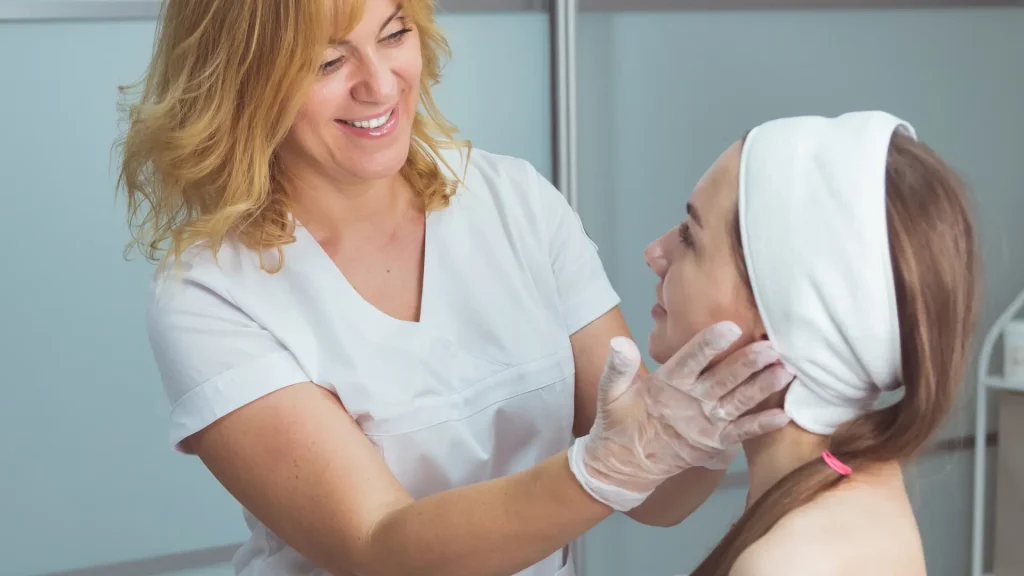
It’s worth noting that administering Sculptra for breastfeeding individuals and children under 18 has yet to establish its safety and efficacy. Before proceeding, seeking an aesthetic provider’s knowledge to explain the treatment indications can help with a safe and smooth procedure and recovery, which is essential.
Furthermore, after the procedure, post-treatment care includes keeping the treatment area clean, applying ice packs to lessen swelling, and avoiding strenuous exercise and sun exposure, which can significantly help in optimal recovery.
- Post-Injection Massage Technique: Gently massaging the treatment area as instructed by providers helps distribute Sculptra evenly and prevents nodule formation.
- Monitoring and Documenting Treatment Outcomes: Regular follow-up appointments are crucial for assessing the treatment’s effectiveness and occurrences of side effects. Providers must discuss with patients how to monitor and recognize potential risks that may occur after treatment.
- Addressing Patient Concerns and Managing Potential Complications: Providers should be attentive to the patient’s problems, guiding on managing common side effects like injection site pain, redness, bruising, tenderness, itching and lumps, bleeding, and swelling. However, if these persist, patients must immediately seek medical attention.
Conclusion
Sculptra is a biostimulatory injectable in aesthetic medicine, offering practitioners a significant facial rejuvenation tool. Its application requires a deep understanding of its properties and proper injection techniques tailored to various treatment areas. Preparation, precise execution, and post-treatment care are crucial in harnessing its full potential while ensuring patient safety and satisfaction.
To achieve the best outcomes, practitioners must combine technical skills with a comprehensive strategy that includes managing patient expectations and minimizing side effects. Continuous education on Sculptra’s evolving methodologies will further enhance practitioners’ ability to deliver natural-looking results, affirming Sculptra’s safety and efficacy in addressing facial concerns.
FAQs
1. What is Sculptra, and how does it work?
Sculptra is a facial injectable containing poly-L-lactic acid that stimulates collagen production in the skin’s deep layers, addressing signs of aging such as sagging, fine lines, wrinkles, and volume loss.
2. What are the critical considerations for practitioners when administering Sculptra?
Practitioners must adhere to established aesthetic treatment protocols, utilize proper injection techniques, and ensure meticulous adherence to injection standards to minimize potential risks and maximize patient safety and satisfaction.
3. What preparations are required for Sculptra injections?
Preparations for Sculptra injections include a thorough patient assessment and consultation, preprocedural preparations to minimize bleeding risks, and choosing the appropriate dilution and reconstitution technique tailored to each patient. Anesthetics like lidocaine are often incorporated for comfort.
References
- Murthy, R., Eccleston, D., Mckeown, D., Parikh, A., & Shotter, S. (2020). Improving aseptic injection standards in aesthetic clinical practice. Dermatologic Therapy, 34(1). https://doi.org/10.1111/dth.14416
- SUMMARY OF SAFETY AND EFFECTIVENESS DATA. (n.d.). In www.accessdata.fda.gov. Retrieved June 19, 2024, from https://www.accessdata.fda.gov/cdrh_docs/pdf3/p030050s002b.pdf
Clinical aesthetics products refer to a category of products used in the field of medical aesthetics or cosmetic dermatology. These products are typically designed and formulated to be used under the supervision of healthcare professionals, such as dermatologists, plastic surgeons, or trained aestheticians. They are distinct from over-the-counter cosmetics in that they often contain active ingredients or formulations that require expertise in their application or administration.
Examples of clinical aesthetics products include:
-
Dermal Fillers: Injectable substances used to add volume, smooth wrinkles, and enhance facial contours. Examples include hyaluronic acid fillers like Juvederm and Restylane.
-
Botulinum Toxin (Botox): Injectables that temporarily paralyze facial muscles to reduce the appearance of wrinkles caused by repetitive movements, such as frown lines and crow's feet.
-
Chemical Peels: Solutions applied to the skin to exfoliate and improve its texture. They can treat acne, pigmentation issues, and signs of aging.
-
Laser and Light Therapies: Devices that emit focused light or laser energy to treat various skin conditions, including acne, scars, and signs of aging.
-
Prescription Skincare Products: Formulations containing active ingredients like retinoids (vitamin A derivatives), hydroquinone, or prescription-strength antioxidants to address specific skin concerns under medical supervision.


